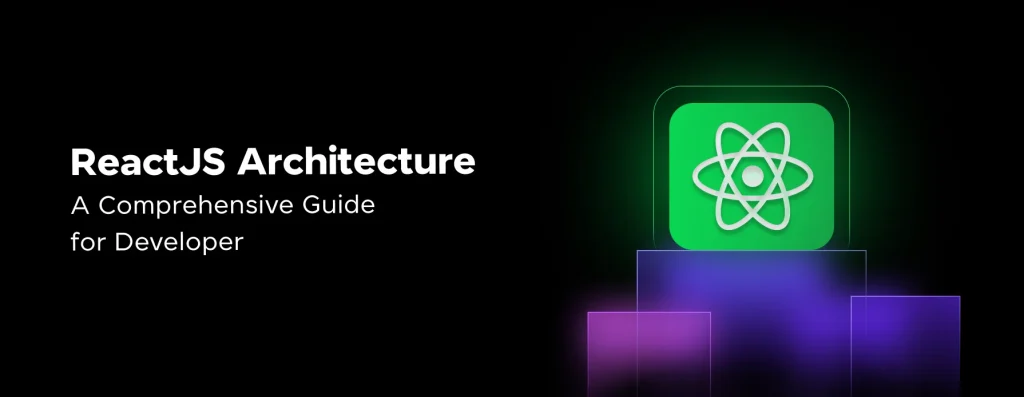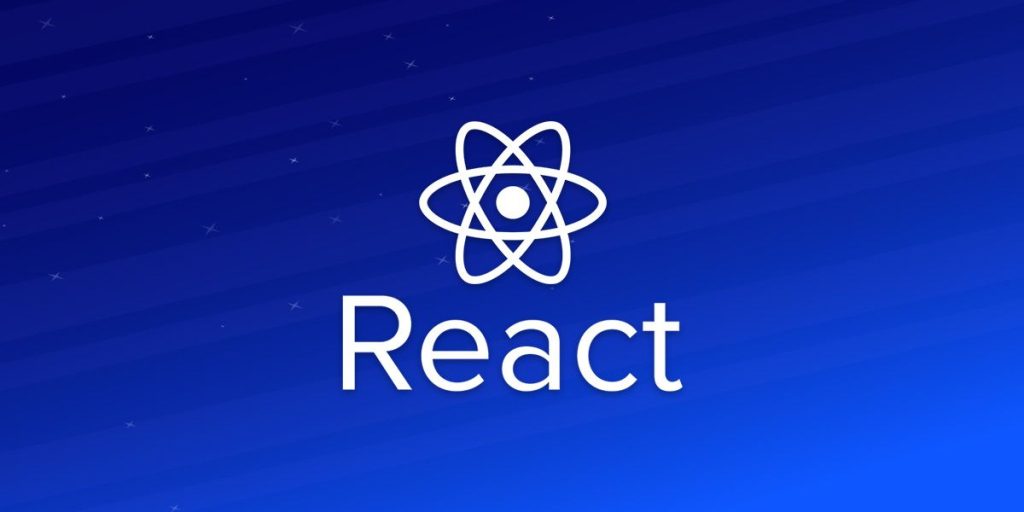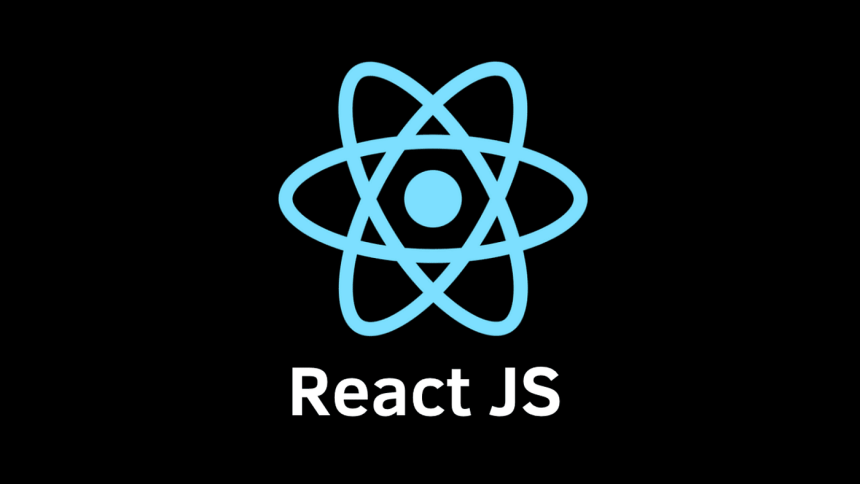Understanding React JS: A Pivotal Tool in Modern Web Development
In the ever-changing landscape of web development, technologies come and go, but a few truly stand out and make a lasting impact. One such tool is React JS. Born at Facebook and grown into a favorite among developers worldwide, React JS is here to streamline, enhance, and elevate the way we build user interfaces.
What is React JS?

React JS, often referred simply as React, is more than just a tool; it is a front-end JavaScript library designed for building scalable and efficient user interfaces. Unlike some frameworks that offer a full stack solution, React focuses specifically on the view layer of an application, allowing developers to create reusable UI components with ease.
History and Evolution
React JS made its official debut in 2013, thanks to Facebook engineers who needed a more efficient way to build interactive and dynamic web applications. Over the years, React has gone through numerous updates, adapting to the needs of developers and the demands of modern web design. From the introduction of hooks to concurrent mode, React has consistently kept pace with industry trends.

Core Concepts
At the heart of React are its core concepts: components, JSX, and Virtual DOM. Components allow developers to break down complex user interfaces into smaller, manageable parts. JSX, a syntax extender, makes it easier to write HTML-like code within JavaScript. And the Virtual DOM, a unique feature of React, enhances performance by updating components without the need to refresh the entire web page.
Benefits of Using React JS
React isn’t just popular for its branding; it offers tangible benefits that make it a smart choice for many web projects.
Efficiency and Performance

One of the standout features of React is its exceptional efficiency. The use of the Virtual DOM means React can make updates quickly without the dreaded flickering associated with traditional DOM updates. This ensures a smoother user experience and quicker interactions.
Component-Based Architecture
This architecture doesn’t just improve code organization; it allows developers to reuse components across different parts of a web application. This not only speeds up the development process but also maintains consistency throughout the project.
Rich Ecosystem and Community Support
React’s ecosystem is vast and continually growing. From libraries like Redux for state management to entire frameworks such as Next.js for server-side rendering, React integrates seamlessly with a variety of tools that extend its capabilities. Moreover, the community support is formidable, offering countless resources, forums, and tutorials to tackle any challenge.
React JS in 2024
As we look towards the future, React continues to evolve, adapting to new trends and demands.

Upcoming Features and Improvements
The React team is continually working on enhancements. In 2024, developers are eagerly awaiting features like Concurrent Mode, which will allow for more fluid user experiences, and improvements to the developer toolkit that promise to simplify the debugging process.
Adoption in New Projects
Even as new libraries and frameworks emerge, React remains a top choice for new web development projects. Its robust features and adaptability make it a favored tool for developers looking to create efficient, user-friendly applications that can quickly scale.
Conclusion
React JS is more than a tool; it’s an approach to building web interfaces that’s rooted in efficiency and usability. Its evolution and the supportive community continue to push it to the forefront of web development. As we move further into 2024 and beyond, React’s ability to adapt and innovate ensures it will remain a cornerstone technology for developers. Whether you’re a seasoned developer or just starting, understanding React JS is essential for anyone looking to make a mark in modern web development.



